Chai Tea, a delightful blend of spices, tea, and sweeteners, has won the hearts of many around the world. In recent years, it has become a beloved favorite at Starbucks, a popular coffeehouse chain known for its wide variety of beverages. This essay takes you on a journey through the history of Chai Tea, from its origins in India to its incorporation into Starbucks’ menu, as well as exploring variations, health benefits, global popularity, and even tips for creating your own Starbucks-inspired Chai Tea at home.
History of Chai Tea and Starbucks
Chai tea, also known as masala chai, has a rich historical background that dates back thousands of years. The origins of chai tea can be traced to ancient India, where it is believed to have been used for medicinal purposes in Ayurvedic practices. The traditional Indian chai is a blend of black tea, milk, sugar, and a rich assortment of spices such as cardamom, cinnamon, ginger, cloves, and black pepper. It is important to note that the term ‘chai tea’ is a blend of terms from two different languages, Hindi and English, and essentially translates to ‘tea tea’—however, the popular term persists in Western culture to refer to the spiced beverage.The journey of chai tea from India to the West is a fascinating story that involves colonization, trade, and the spread of cultural traditions. During the British colonization of India in the 19th century, the British East India Company established tea plantations in the northeastern region of Assam, India, which is today one of the largest tea-producing regions in the world. This global trade network helped spread chai’s popularity, and it quickly became a popular beverage in Britain. Over time, chai tea made its way to other parts of the world, including the United States. In the West, chai tea gained widespread popularity in the 1990s with the rise of specialty coffee shops and the adoption of diverse international flavors. It was in the midst of this trend that Starbucks, a brand synonymous with specialty coffee, introduced chai tea to its menu. Starbucks adapted the traditional Indian chai recipe to suit Western tastes by creating a sweeter and creamier version called Chai Tea Latte, which quickly became a popular offering.Starbucks’ Chai Tea Latte derives its unique flavor from a blend of tea, milk, and spices called ‘chai concentrate.’ The chai concentrate used in Starbucks is made by the Oregon Chai Company, which was one of the first Western companies to develop and market chai in a concentrate form. This convenient format allowed Starbucks baristas to quickly and easily prepare Chai Tea Lattes, ensuring a consistent taste across all locations.Today, Starbucks remains dedicated to expanding its chai tea offerings by introducing various adaptations and seasonal variations to cater to customers’ preferences and emerging trends. With choices ranging from the original Chai Tea Latte to the Iced Chai Tea Latte, Starbucks provides a plethora of options for chai enthusiasts. Moreover, with the availability of various dairy and non-dairy milk options, as well as sugar-free syrups, customers can now customize their chai beverages to suit their tastes. This continuous innovation and adaptability demonstrate Starbucks’ commitment to balancing both tradition and modernization in the world of tea and specialty beverages.
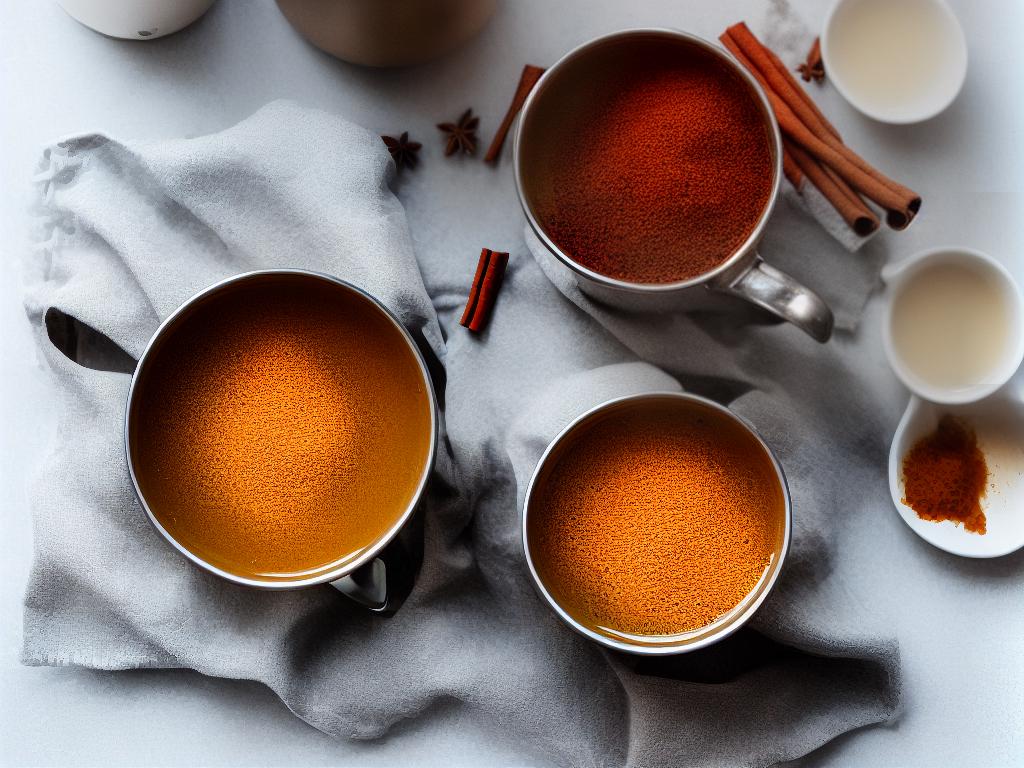
Starbucks Chai Tea Ingredients
Starbucks Chai Tea is a beloved beverage, known for its unique blend of spices and flavors that deliver a rich and enjoyable experience to customers. The primary ingredient in this drink is black tea, which is carefully sourced from different regions, resulting in a robust base that defines the chai flavor. The caffeine content within black tea is perfectly balanced by the enticing, aromatic spices used in the blend, creating a flavorful and captivating beverage.
The spice blend used in Starbucks Chai Tea is what sets it apart from other chai beverages on the market. It consists of a mix of cinnamon, ginger, cardamom, cloves, and black pepper. Cinnamon is known for its sweet and slightly spicy flavor, while ginger adds a pungent, warm taste. Cardamom lends a distinct aroma and a flavor that is both sweet and spicy; cloves provide a strong, sweet taste with a little bitterness; and black pepper brings a mild heat to the blend. These spices are carefully chosen for their complementary flavors and create the harmonious and distinctive taste of Starbucks Chai Tea.
In addition to the tea and spice blend, Starbucks Chai Tea also contains sweeteners to enhance the taste. The Classic Chai Tea Latte, for example, uses a chai concentrate that features a combination of sugar and honey to achieve a delicate balance of sweetness and spice. These sweeteners not only round out the flavor profile but also help to mask the natural astringency of the black tea, providing a smoother, more enjoyable drinking experience.
There are various types of chai drinks available at Starbucks, and these different options may use slightly different ingredients to cater to different preferences. For instance, the Iced Chai Tea Latte features the same combination of tea, spices, and sweeteners as the traditional hot version but is served over ice for a refreshing alternative. Another variation is the Chai Tea Crème Frappuccino, which substitutes coffee for the black tea base and uses a blend of milk, ice, and the same chai spice mix to create a smooth, creamy beverage.
At Starbucks, one of the most popular tea offerings is their chai tea lineup. This collection of beverages showcases different variations of the traditional chai tea, which is known for its blend of black tea, aromatic spices, and steamed milk. Starbucks chai tea blends cater to various taste preferences, ranging from the sweetness of the Chai Tea Latte to the bold and spicy flavors of the Teavana Chai Tea. The widespread availability of these chai beverages ensures that Starbucks customers can enjoy chai tea across the nation.
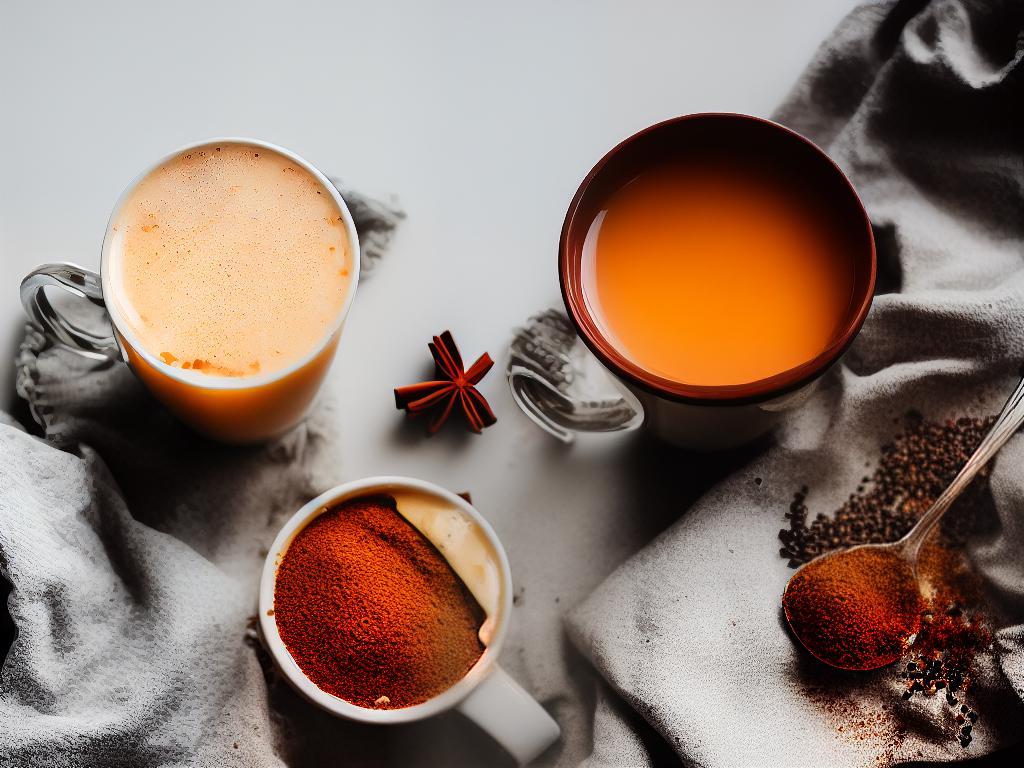
Variations of Chai Tea at Starbucks
For customers who desire a dairy-free chai experience, Starbucks also offers the option of customizing chai tea beverages with alternative milk options, such as soy, almond, or coconut milk. Each of these milk alternatives will bring its unique flavor and texture to the chai tea, allowing customers to tailor their Starbucks Chai Tea experience to their personal preferences. With so many options available, Starbucks Chai Tea is a versatile and delectable beverage choice that continues to draw in fans of all tastes.
Traditional hot chai tea beverages have become a staple at Starbucks, with the Chai Tea Latte being a crowd favorite. This drink combines steamed milk and a sweetened chai tea concentrate, providing a balance of spiciness and sweetness. Customers can customize their Chai Tea Latte by selecting their preferred milk, such as dairy milk, soy milk, or almond milk. Additionally, Starbucks offers a Teavana Chai Tea, which boasts a stronger and spicier flavor profile compared to the Chai Tea Latte. This is ideal for customers seeking the warmth of a hot chai tea without the sweetness.For those who prefer chilled beverages, Starbucks also serves iced and blended variations of their chai tea. The Iced Chai Tea Latte mirrors its hot counterpart in flavor but is served over ice for a refreshing experience. Alternatively, customers can enjoy the Chai Frappuccino, which is a blended version of the Chai Tea Latte that is mixed with ice, creating a creamier and frostier texture. This frappuccino offers a fun and unique way to savor the beloved chai tea flavors.Starbucks often introduces seasonal and limited edition chai tea beverages that allow customers to explore new chai flavors. For instance, the Pumpkin Spice Chai Tea Latte is available during the fall season, blending the classic chai tea with the popular pumpkin spice flavor. Similarly, the holiday season may bring special chai tea variations that incorporate festive flavors, such as cinnamon, chocolate, or peppermint. These limited-time offerings provide customers with an opportunity to discover new favorites and celebrate the season with their beloved chai tea.A popular choice among Starbucks chai tea enthusiasts is customizing their drinks with various flavor shots to enhance their experience. Options such as vanilla, caramel, or hazelnut syrup can be added to chai tea to increase its richness, while more adventurous customers might experiment with raspberry or gingerbread flavors for a unique taste profile. This customization allows Starbucks chai tea drinkers to tailor their beverages to their liking, indulging in the diverse flavors they find most appealing.
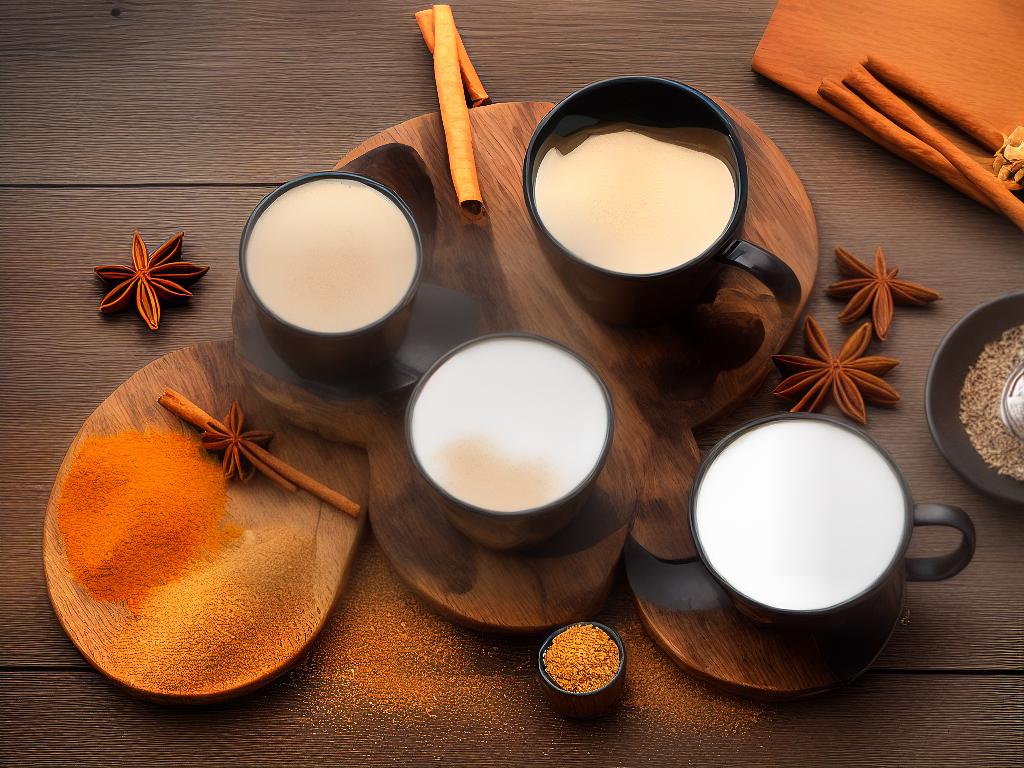
Health Benefits and Nutrition
Originating from India, chai tea has captured the hearts of many across the globe with its delightful and comforting blend of flavors. Combining black tea with spices like cinnamon, cardamom, ginger, and cloves results in an aromatic and enchanting taste profile. Beyond its exotic flavor, chai tea also offers a wealth of health benefits. The mixture of spices and herbs contains antioxidants, anti-inflammatory properties, and essential nutrients that protect against chronic illnesses, lower blood sugar levels, and promote better digestion. These health-enhancing qualities only add to the magic of enjoying a well-crafted Starbucks chai tea.However, it is essential to consider the variations in chai tea recipes, whether it’s homemade, store-bought, or from popular coffee chains like Starbucks. For instance, Starbucks Chai Tea Latte is a delicious and easily accessible option but may not have the same nutritional values as homemade or store-bought options. Starbucks’ version typically contains a chai concentrate, which can consist of added sugar and fewer spices. When comparing to homemade chai, it is possible to control the ingredients and adjust the balance of tea and spices in the homemade version, subsequently increasing the health benefits.One common misconception about chai tea is that it is a low-calorie and healthy beverage option for everyone. While chai tea in its natural state does have numerous health benefits, many store-bought and coffee chain versions can be high in calories and sugar content. For example, Starbucks’ Chai Tea Latte can contain up to 42 grams of sugar and 240 calories in a grande size (16oz) with 2% milk. Moderate consumption of such highly sweetened versions may be a better option for health-conscious individuals.To make chai tea healthier without compromising on taste, there are alterations that can be made to the Starbucks Chai Tea Latte. One option is to ask for fewer pumps of chai concentrate, which will significantly reduce the sugar content without losing the chai flavor. Alternatively, one could opt for a brewed chai tea without milk, which contains minimal calories and a refreshing taste. Choosing a sugar substitute or asking for a lower-calorie milk option, such as almond or coconut milk, can also be a healthier alternative.
Another aspect to consider is the caffeine content in chai tea, such as the Starbucks Chai Tea Latte. The caffeine content in chai tea is generally lower than that in coffee, typically ranging between 25 to 50 milligrams per 8-ounce cup. This amount of caffeine may not be suitable for individuals who are sensitive to caffeine or advised to avoid it for health reasons. However, it is still considerably less than a standard cup of coffee, which can contain up to 95 milligrams of caffeine. Being aware of the nutritional variations among different chai tea options can help consumers make informed decisions about the healthiest option for their lifestyle.
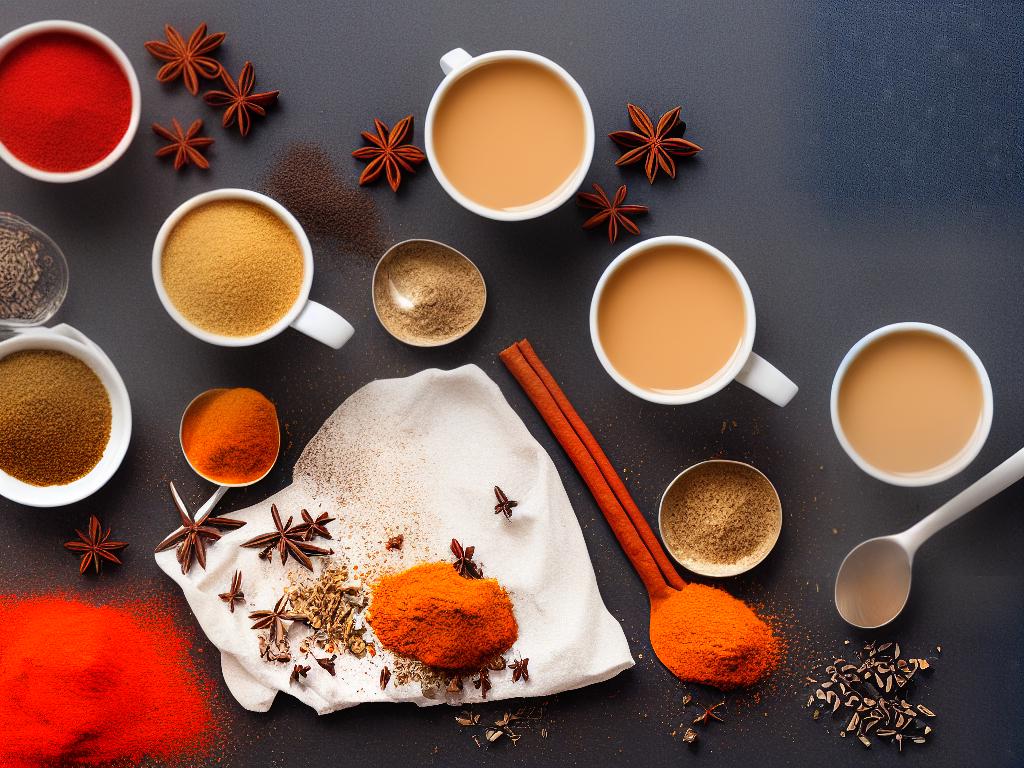
Chai Tea Latte, A Global Favorite
The Starbucks Chai Tea Latte, a harmonious blend of freshly brewed black tea, spices, and steamed milk, has attracted customers from around the globe with its distinct flavor profile. As one of the most popular beverages at Starbucks, it has captured the hearts and palates of customers with its rich, vibrant, and creamy taste.
Inspired by the traditional Indian masala chai, the Chai Tea Latte has become a staple in Starbucks menus worldwide. Not only is it a comforting drink, but it has also gained a loyal following across various cultures because of its ability to cater to diverse preferences.
One of the primary reasons contributing to the popularity of the Starbucks Chai Tea Latte is the company’s ability to adapt its beverages according to local tastes and trends. For instance, in India, where tea is a staple beverage, the Chai Tea Latte is very popular due to its similarity to the traditional masala chai, but with a hint of western touch. This adaptability allows Starbucks to cater to a broad audience and has successfully made Chai Tea Latte a global favorite.
To further enhance the Chai Tea Latte’s appeal to different cultures, Starbucks offers regional variations of the beverage. For example, the Asian-themed Black Sesame Chai Tea Latte is available in selected markets like Japan and Korea. This version incorporates the nutty taste of black sesame seeds to create a unique and satisfying twist to the classic Chai Tea Latte. By tailoring their products to cater to local cultures, Starbucks manages to keep the Chai Tea Latte relevant and alluring across countries.
In addition to customizing the Chai Tea Latte to cater to regional preferences, Starbucks has adopted various international marketing strategies to promote the beverage worldwide. They engage in seasonal promotional campaigns, such as the “Buy One, Share One” event in China, which allows customers to enjoy the Chai Tea Latte with a friend for the price of one. These campaigns not only attract new customers but also encourage existing customers to try and continue consuming the Chai Tea Latte. Social media is another tool utilized by Starbucks to reach a vast audience and keep the Chai Tea Latte top-of-mind for consumers globally.
Capturing the essence of cultural preferences and blending it with regional influences, Starbucks has successfully made the Chai Tea Latte a global favorite through targeted international marketing strategies. The company’s commitment to listening, adapting, and innovating has played a crucial role in the tremendous success of this delicious beverage. As Starbucks continues to break new ground, it’s evident that the Chai Tea Latte will retain its position as a staple in their ever-growing menu and in the hearts of tea-lovers across the world.
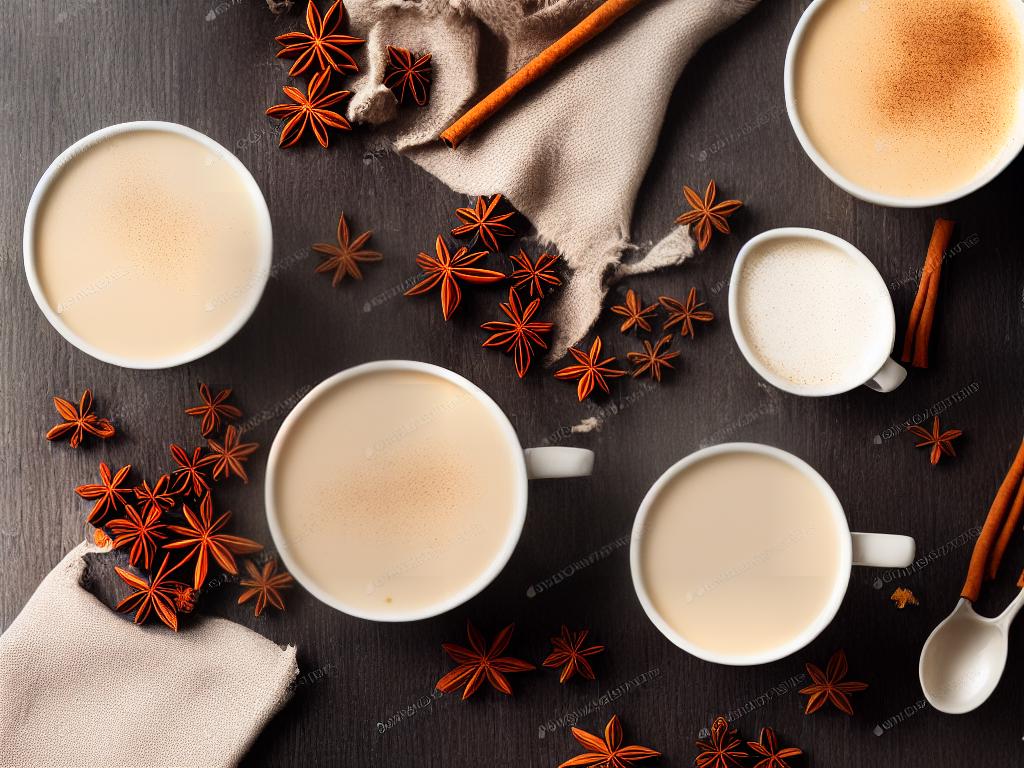
DIY Starbucks Chai Tea at Home
Recreating the authentic Starbucks Chai Tea experience at home hinges on striking the right balance of spices, particularly when concocting the tea from scratch. The essential spices for crafting a perfect homemade Chai Tea include cardamom, cinnamon, cloves, ginger, and black peppercorns.
A Chai Tea Latte, one of the most popular variations, seamlessly marries the robust chai flavors with a velvety, sweet twist. When creating the tea base, you have the choice of using black tea bags or loose black tea leaves. It’s worth noting that strong black teas like Assam or Darjeeling provide the lushest foundation for an unforgettable chai experience.
First, crush the spices and simmer them with water (1 cup of water per serving) for at least 10 minutes. Next, add the tea leaves or teabags and let them steep for a few minutes. Strain the spices and tea leaves, and you will have your concentrated chai tea base ready. While Starbucks uses Tazo Chai Tea Concentrate in their chai lattes, this homemade chai tea base will provide a more authentic flavor for your beverage.
To make a Chai Tea Latte at home, heat the milk (or non-dairy milk substitute) and froth it using a milk frother or simply whisk it until it creates a foam. If you don’t have a frother, you can shake the milk in an airtight container or a mason jar, then microwave it for a few seconds to help create a more stable foam. If you prefer a sweeter chai tea latte similar to Starbucks, add sweetener such as sugar, honey, or simple syrup to the milk before frothing. Combine the milk with the chai tea base in a 1:1 ratio and enjoy.
Aside from the classic Chai Tea Latte, there is room for experimentation by adding various flavors to your homemade chai. For a spicier experience, consider adding a pinch of nutmeg, allspice, or star anise to the spice mix. If you enjoy a fruitier kick to your chai, consider adding a hint of orange zest or substituting some of the water with apple or mango juice. On the other hand, if you wish to create a seasonal twist, try adding pumpkin spice in the fall or peppermint extract in the winter.
To give your DIY Starbucks Chai Tea an iced twist, simply let the tea base cool to room temperature and pour over ice. You can also chill the chai tea base in the refrigerator prior to use. For an iced chai tea latte, combine the chilled chai tea base and cold milk with sweetener in a glass over ice. Stir and enjoy. The possibilities are endless when creating your very own Starbucks-inspired Chai Tea beverages at home, delighting in the perfect blend of spices and flavors.
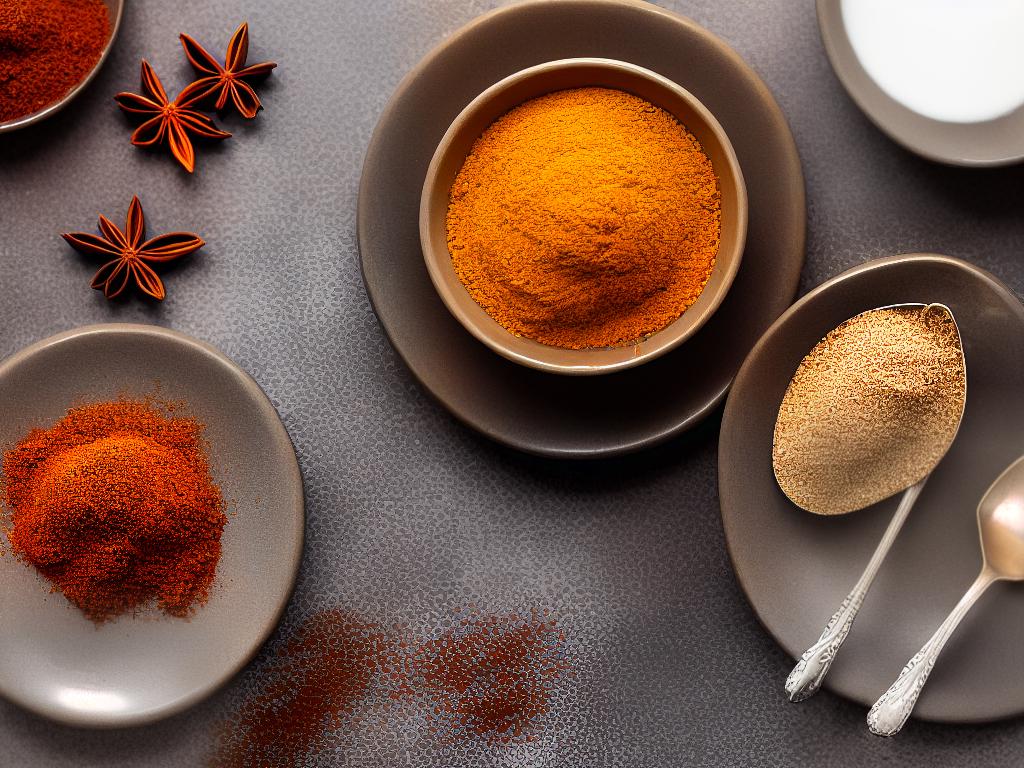
As we have explored in this essay, Starbucks Chai Tea, with its rich history and diverse options, offers a little something for everyone. From its authentic roots in India to adapting to the tastes of global customers, Starbucks has ensured that this warming and indulgent beverage remains a favorite among its many patrons. Whether you prefer the classic Chai Tea Latte, an iced version, or a unique seasonal twist, there is no denying the allure of this spiced tea. Moreover, with the knowledge and tips provided in this essay, you can now try your hand at crafting your own Starbucks-inspired Chai Tea creations to enjoy in the comfort of your own home.